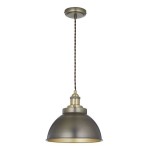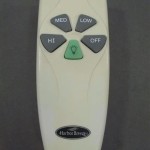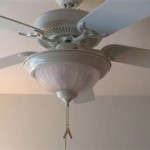Ceiling Coving Lighting: Essential Aspects
Ceiling coving lighting is a design element that has become increasingly popular in recent years. Properly installed coving lighting can transform the look and feel of a room, creating a warm and inviting ambiance. Understanding the essential aspects of ceiling coving lighting is crucial when considering this upgrade for your home or office.
Coving Types and Materials
Covings are available in various types and materials, each with its unique advantages. Common coving materials include:
- Polystyrene: Lightweight, affordable, and easy to install.
- Plaster: Traditional material that provides a smooth, elegant finish.
- Wood: Durable and versatile, but requires careful installation.
- MDF (Medium-Density Fiberboard): Fire-resistant, moisture-resistant, and can be painted or stained.
Lighting Options
Ceiling coving lighting can be achieved through different lighting sources, including:
- LED strips: Energy-efficient, long-lasting, and come in various colors.
- Halogen bulbs: Provide brighter light but consume more energy.
- Neon lights: Create a vibrant, eye-catching effect.
Placement and Sizing
The placement and sizing of the coving lighting are crucial for its effectiveness. Covings can be installed at the intersection of walls and ceilings or at a specific height along the wall. The width of the coving should balance the scale of the room, with wider covings suitable for larger spaces.
Color Temperature
The color temperature of the lighting refers to its warmth or coolness. Warm light creates a cozy and inviting atmosphere, while cool light promotes alertness and focus. Consider the purpose and overall design of the room when selecting the appropriate color temperature.
Installation
Proper installation is essential for optimal performance and aesthetics. Coving lighting typically requires concealed wiring to maintain a seamless look. A qualified electrician should handle the installation to ensure safety and prevent any electrical hazards.
Maintenance
Once installed, ceiling coving lighting requires minimal maintenance. Regular cleaning of the coving surface and light fixtures will preserve its appearance and prevent dust accumulation. Inspect the lighting system periodically to address any potential issues promptly.
Conclusion
Ceiling coving lighting offers a unique way to enhance the visual appeal and ambiance of any space. By understanding the essential aspects, including coving types, lighting options, placement, color temperature, and installation requirements, you can effectively incorporate this design element into your home or office. With proper planning and installation, ceiling coving lighting will add a touch of elegance, drama, and functionality to your interiors.

Cornice Coving Led Lighting Molding Bfs2 Wall Ceiling Many Sizes Quality Xps

Premium Suppliers Of Indirect Lighting Cornices With Many Options

Cornice Coving Led Lighting Molding Wall Ceiling Bgx1 Large Sizes Quality Xps

Cornices Led Coving Lighting Cornice The

Led Coving

Wall And Ceiling Coving Cornice Molding Lightweight High Density Cost Effective Home Decoration China Ps Moulding Made In Com

Up And Down Cove Lighting Molding Profile Alu Ceiling Washer

Coving Cornice Led Lighting Uplight Wall Ceiling Xps Bgs2 Lightweight Quality

Concealed Led Tape Colour Changing Coving Lighting

Recessed Lighting For Pelmets Coving And Cornices
Related Posts








